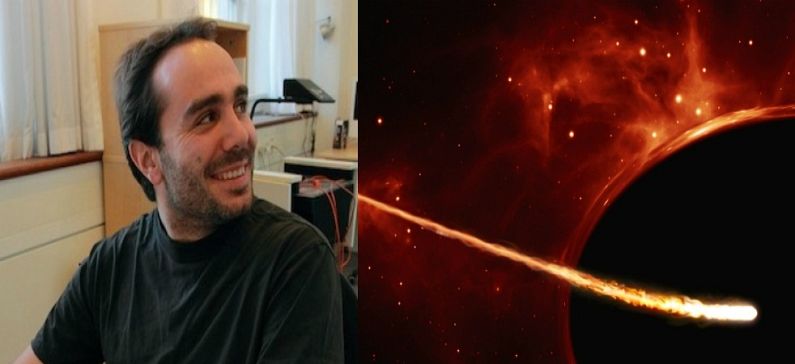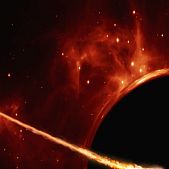
Greek astronomer solved the mystery of the ‘brightest supernova ever seen’
Last year, astronomers recorded the brightest supernova explosion ever seen. Follow up observations by a team of researchers led by a Greek scientist, now suggest this cataclysmic event wasn’t a supernova at all, but rather, an extremely rare celestial phenomenon involving a supermassive black hole and a rather unfortunate star.
In 2015, astronomers participating in the the All Sky Automated Survey for SuperNovae (ASAS-SN) witnessed what they thought was an unusually bright supernova. Dubbed ASASSN-15lh, it was twice as bright as the previous record holder, shining 20 times brighter than the total light output of the entire Milky Way galaxy. A supernova is the brilliant, dying gasp of a large star that can no longer balance the tremendous forces keeping it together, producing a shockwave that blows the star’s outer shell into space with tremendous force.
The new study casts doubt on this initial assessment, proposing that ASASSN-15lh isn’t a superluminous supernova at all, but instead the consequence of a Sun-like star that ventured too close to a rapidly spinning supermassive black hole—an exceptionally rare cosmological event known as a tidal disruption.
Dr Giorgos Leloudas, from Israel’s Weizmann Institute of Science published the research in Nature Astronomy.
“We observed the source for 10 months following the event and have concluded that the explanation is unlikely to lie with an extraordinarily bright supernova,” noted lead investigator Giorgos Leloudas, an astronomer at Israel’s Weizmann Institute of Science, in a statement. “Our results indicate that the event was probably caused by a rapidly spinning supermassive black hole as it destroyed a low-mass star.”
During a tidal disruption, the extreme gravitational forces of a supermassive black hole “spaghettifies” and rips apart a star when it wanders too close. The shocks produced by the colliding debris, along with the tremendous amount of heat generated, produces an incredibly brilliant burst of light. This particular event transpired in a galaxy four billion light-years from Earth, and it’s only the tenth tidal disruption ever recorded.
This simulation shows a star getting torn apart by the gravitational tides of a supermassive black hole. The star gets “spaghettified” and after several orbits creates an accretion disc. Scientists believe that the superluminous ASASSN-15lh event originated in this way. The view on the right is from the side and that at the left face on.












